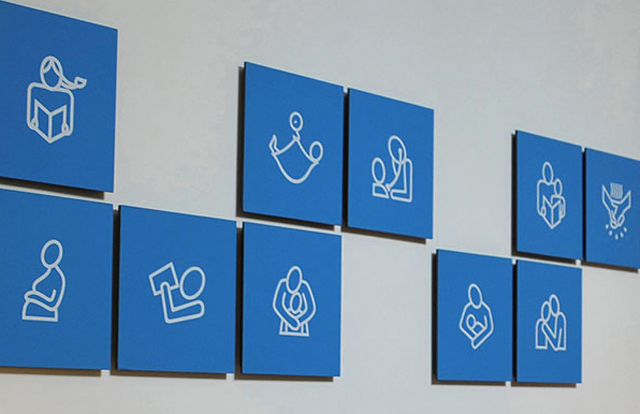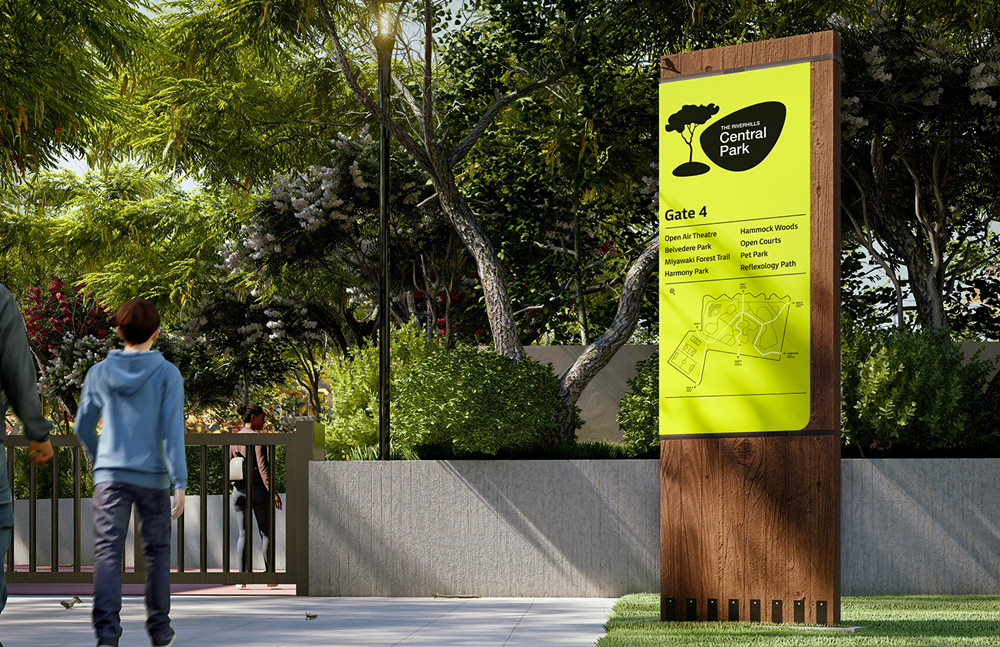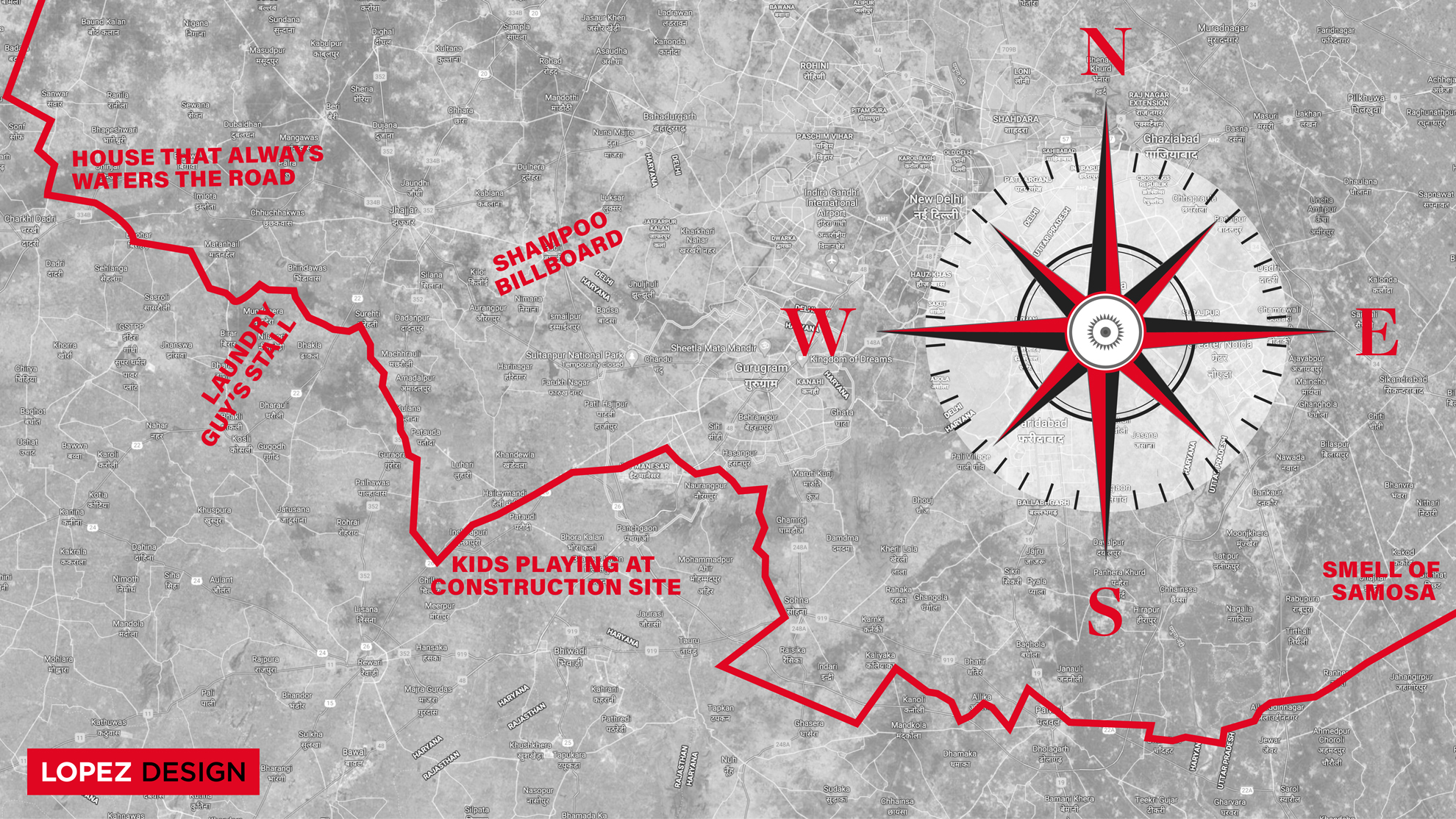Finding our legs in the city
How Wayfinding systems are crucial to pedestrianization and discovering the city
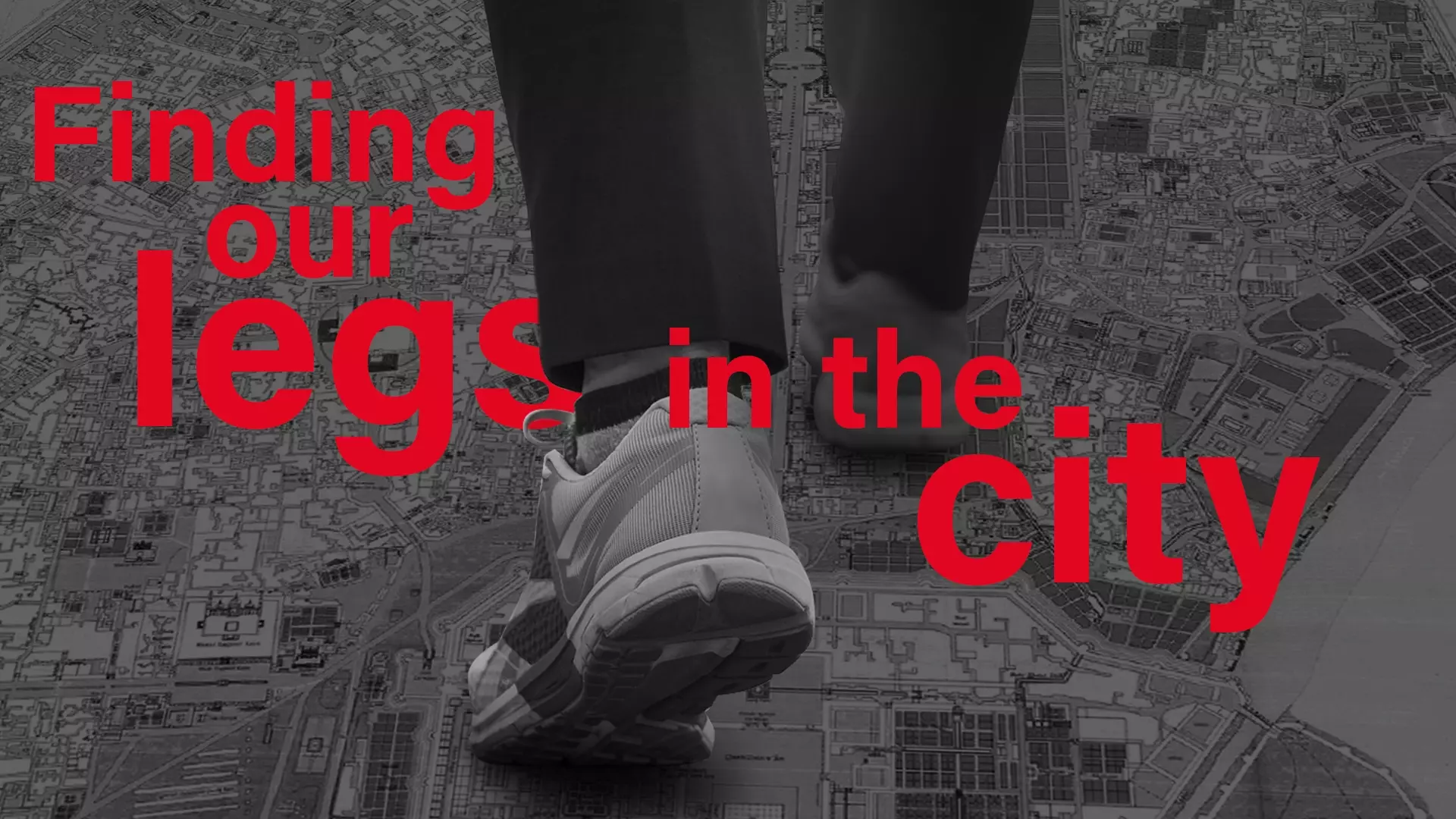
It happened to me, and it’s happened to you. It’s the weekend, you decide to go to dinner after your shopping spree at the market. You hail an auto-rickshaw and ask them to drop you at the nearest bus-stop. You blink in disbelief — you’ve arrived but you realise the ‘bus-stop’ is just across the road, a five-minute walk from where you hailed the auto. You sigh — if only I had known, I wouldn’t have got ripped off by the auto.
After dinner, you settle for honey fried wontons, a pale substitute, but the only dessert you can afford on the menu. You’ve completely forgotten there’s an underpass to the ice-cream parlor across the highway. If only I had remembered — you say to yourself — I could have simply walked across.
Maybe you didn’t forget at all, because to forget something one has to have registered it in the first place, and it had to be a part of their mental map. In this case, a part of your transit vocabulary. With our brains having only a finite capacity to store information, situations like these present themselves like the last rung of the ladder. Just like one needs reminders, alarms and post-its to help us maintain our day’s agenda, markers or signs in our physical landscape would be of timely and welcome assistance. Now, if only there was a sign for the underpass when you stepped out on the sidewalk, you would happily walk across for the ice-cream. Better still, a system of signages, a wayfinding ‘ribbon’ that encourages you to follow it with all handy information about the nearest public washrooms, accessible ramps and the nearest bus-stops/metro stations.
Pedestrianization of Urban spaces
The pedestrianization of Urban spaces has always been on the agenda of urban development skeletons and well-planned Wayfinding Systems are the spines. But why pedestrianize a space, why make it more walkable? What’s in it for me, one may ask?
Fact is, people readily choose walking over any other transport when they understand the proximity of destinations. It’s common knowledge that walking is a great cardio exercise. But still, we end up falling into our stressed, anxious lifestyle with choices of cars, autos, cabs and trains. While walking/ cycling to work is now trending, the motor vehicle movement still dominates the transportation infrastructure. In our fast-developing country, the majority of the public who have to take public transport, are left in a state of confusion about which bus to board, which station to get off, and, wondering if the cab driver is taking us in the right direction.
Smart Cities incorporate cycle lanes and pedestrian lanes. Chandigarh has cycle lanes and wayfinding systems that facilitate movement. There are specific routes defined to move about the city by cycle.
Why Walk?
Today, we do not walk as much, and we have lost the opportunity to one— get our natural exercise, two— experience the city and three — interact with people. Delhi as a city was planned for walking around and discovering its sights and sounds. Time spent walking through the corridors of Connaught Place to shop and wander through its architecture is a unique experience. Likewise the idea of parks and roundabouts in Delhi’s green spaces attract people to walk and spend time interacting with each other.
Many Indian cities are layered with history, and we can experience the past, present and future when we walk through spaces. Creating heritage paths and City Walks lets us delve into the history of a place as well as find interesting local nuggets and stories embedded in place. Wayfinding that includes monuments, viewpoints, local eateries etc., could make your walk picturesque and entertaining.
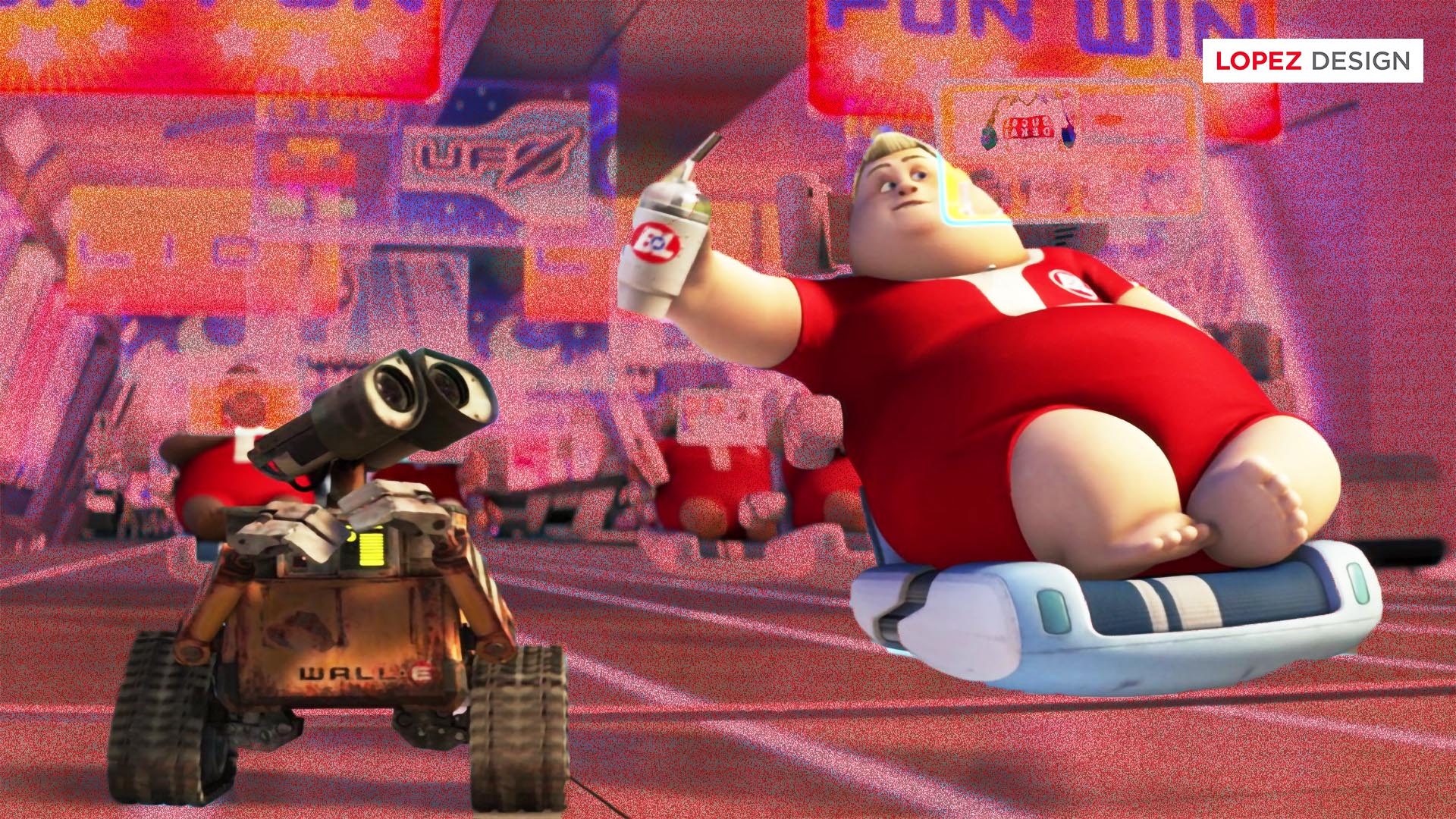
Machine-dependent humans in a dystopian future setting in Pixar’s Wall E.
Better health, simpler life
Well….. Remember the Pixar movie Wall E, where humans are more like baby-adults who need to be fed and taken care of, not by other nurturing-humans but by machines. Yeah, it wasn’t a pleasant visual, nor was it the picture you’d want to paint of your future, especially when your New Year resolution gym subscription is staring you in the face.
Increasing pedestrian areas in a city can eventually mark up the achievements on any government’s resume or manifesto, bringing hope to the concerns around Climate Change. The impact of luxurious lifestyles by a section of society has also taken its toll. All this together has impacted the rising cost of healthcare, which can actually turn around with healthier lifestyles.
Wayfinding enables easy commutes
Imagine your train ride spotting a Steppe Eagle circling atop the Aravalli biodiversity park, or chugging past the scenic Akshardham Temple at night. The walkability of a space, more precisely the easy navigability on foot of a space, makes it associatively easier to use public transport. Having said that, all of us know someone, or are one of those people who find public transport panic-inducing, especially the metro! The very mention of the word ‘metro’ is enough to flood our brain with memories of getting down at the wrong station, taking a train going in the opposite direction, and realizing 4 stations too late. However hard we try, it’s a struggle to be punctual in India. These sticky situations could be easily circumvented by good wayfinding systems increasing confidence in public transport, aiding self-reliance, and making one’s metro journeys worthwhile.
Walk to freedom
Walking gives us freedom. Remember Gandhi’s Salt March? Not only was it about making salt, it showed how walking is least dependent on others. We all want to be travelers, not tourists. There is a reason why guide-books show visitors to a city with their head buried in a map. It is a basic tool to navigate a foreign land and helps bridge language barriers, and even discover a new spot all by oneself. It’s the same thrill one gets while solving a difficult math calculation without the help of a calculator. Being free, independent, and now individualistic is the high we all want to score.
Walking to a destination is the most hassle-free experience because it’s a singular mode of transit from one end to the other. There’s no headache of finding a parking spot or having to keep loose change for autos or cabs. Most importantly, you are saving money while you are at it - health is wealth! Unfortunately, pedestrians are a much-ignored sector: Dedicated parking and pedestrian walkways with augmented wayfinding help you plan your walk conveniently.
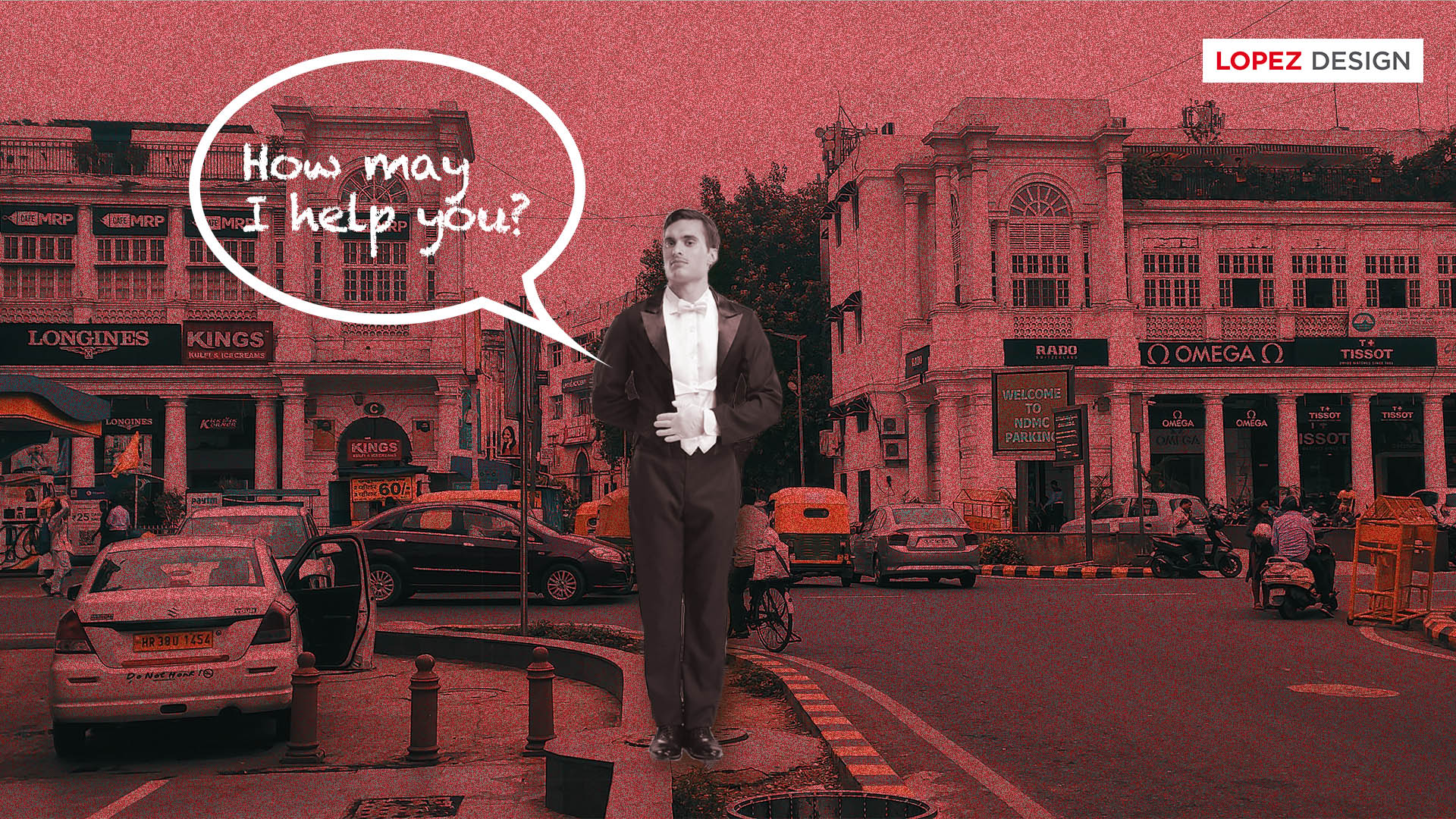
A good Wayfinding + EB System is like the archetypal British butler - quiet, inconspicuous, immaculate, well-informed and ready to serve you.
The soft power of wayfinding
Although, as a country we have been trying very hard to make our urban environment better, we have ignored a basic and powerful tool for navigating the streets — a functional wayfinding system. A well-planned Wayfinding System is the spine of a successful Urban Environment, which can help us incorporate green options in our mobile life, enabling positive lifestyle choices such as walking or cycling.
Now comes the question — what would make me follow a system and why would I consider it? This is where Wayfinding and Environment Branding walk down the aisle holding hands. In our built hives with multifarious stimuli, we need a friend. A good Wayfinding + EB System is just that, may old-fashioned but perfectly mannered like the British butler - quiet, inconspicuous, immaculate, well-informed and ready to serve you. If you ask the right questions, the signs, like the butler, will even show you the hidden wonders like curated gossip hidden from plain sight.
Written by Namita Jain, Prabhjot Kaur and Anshul Kapoor
Illustrations by Saumya Mittal
Edited by Sujatha Shankar Kumar
Image Courtesy: (1) Alejandro-luengo-unsplash, Arihant-daga-unsplash,
(2) PIXAR, newstatesman.com (3) kaif-unsplash
Related Projects
UNICEF India Headquarters
SPACE DESIGN + SPACE BRANDING + ACTIVATION
Energising Central Park
BRAND IDENTITY + WAYFINDING & SIGNAGE + ACTIVATION
Join our mailing list
Receive our periodic newsletter on Branding, Experience, and Design thinking.
More Articles
Type and the City
Many Journeys Within One City
Follow us on
We can add significant value to your
long-term business goals.
Get in touch with us or meet us at our studio in Gurgaon.
Offerings
Strategy
Brand Strategy
Brand Audit
Character & Voice
Communication Strategy
Brand Postioning
Naming & Brand Architecture
Employee Value Proposition
Activation
Project Management
Supervision
Fabrication & Installation
Insights
Follow Us
© 2023 Lopez Design Pvt. Ltd. All rights reserved

